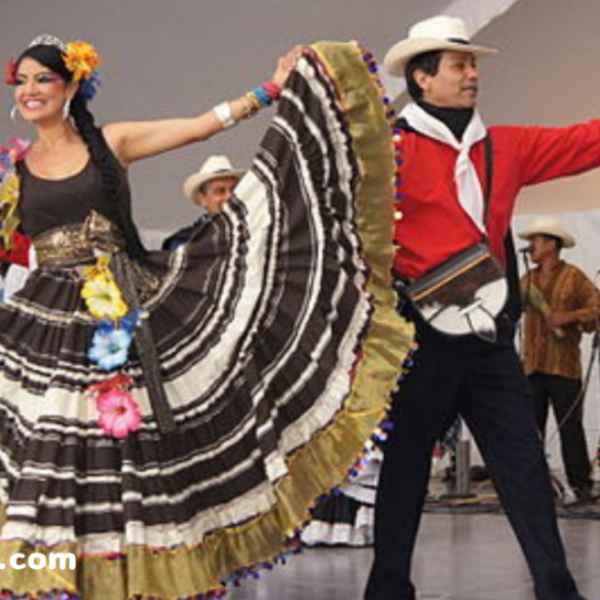Arcade Fashion: A Nostalgic Trend with Modern Appeal
Arcade fashion, which literally brings to mind such associations as neon lights, pixels, and the tense atmosphere of an arcade, has become fashionably relevant again. This is not merely an emulation of the past, but it is the fusion of elements of 1980s arcade culture with modern trends in fashion. It forms a distinct aesthetic that promises to attract both retro gamers who grew up playing arcade games and fashionable folks captivated by the game’s ostentatious design. It provides an insight into the history and cultural significance of arcade fashion and how it has become a part of popular culture today.
Origins of Arcade Fashion
The Golden Age of Arcades
The true golden age of the arcade is the late 1970s to early 1990s for both gaming and popular culture. Arcades were not just places where people went to play video games, it was the place of energy, synthesiser music, and voices. The young people used to visit arcades not only to play games like Pac-Man, Space Invaders, Street Fighter, etc., but for social interactions too. The brightly illuminated cabins as well as the characters depicted on them became cultural icons in their own right as they influenced various segments of the society like music, films and fashion most especially.

Cultural Impact: From Arcades to the Streets
Arcades influenced more than just the moody interiors of their establishments. The cut-throat mentality created within these environments seeped out onto city sidewalks, impacting fashion styles inspired by arcade aesthetics. This cultural crossover occurred because arcades served as social venues that brought together people from different backgrounds and social classes to play games.This inclusion and part and parcel rebellion, became associated with the fashion that was coming out of the period.
Arcade Fashion in the 1980s
Key Elements: Bold Colours and Playful Silhouettes
Think high-cut bodysuits in electric shades of neon pink and green with leggings printed with geometric motifs reminiscent of the arcade games. To that, join high-top sneakers with flashes of neon and Oxford jackets with embroidered patches of favourite game characters. This was the actual representation of arcade fashion in the 1980s – a bright, diverse, and unabashedly ostentatious style that reflected the spirit and atmosphere of the arcade. It wasn’t about dressing; it was about capturing the essence of the arcade: fun, defiant and spirited.
Influence on Modern Fashion: A Retro Revival
The regularity of fashion has eventually led to the reemergence of retro and 80s themes to give arcade fashion a new lease of life. Today the designers understand the relevance of arcade style and are bringing elements of this era into their collections thus giving a new twist to this fashion. This revival is not about copying the past; it’s actually an interpretation of it. Consider the graphic t-shirts with pixelated artwork, denim jackets receiving the treatment with embroidered game logo and sneakers illuminated with neon trim – 1980s nostalgia in its finest get-up. It has also led to the symbiosis between video game and fashion industries, which produced sets of themed clothing based on graphics of 8-bit video games.
Modern Interpretations: Where Fashion and Gaming Collide
Fashion and Gaming Collaborations: A Powerful Partnership
Fashion and Gaming are merging to form a union that is aimed at maximising the unique selling proposition of both industries. Borrowing or referencing the massive social impact of gaming, luxury fashion brands are aligning themselves with games firms to fashion out virtual garments and unique skins for game characters. These collaborations also open up new markets of users for fashion brands; young people, who use social media platforms and games to consume content, as well as offer gamers different ways of personalization of their avatars.
Digital Fashion: The New Frontier
Digital fashion is a relatively new concept that has come into fashion due to the emergence of the metaverse and virtual worlds. Designers can create eccentric and visionary outfits and accessories because avatars are not limited by physical reality. This freedom has fueled an increase in limited-edition digital fashion collections. Designers and artists often collaborate on these releases. Ultimately buying digital fashion items is a fun and engaging experience. Luxury brands such as Gucci and Louis Vuitton have capitalised on this digital world by creating representations of themselves within these games and designing virtual objects relevant to younger generations of gamers.
The Future of Arcade Fashion: A Fusion of Nostalgia and Innovation
Indeed, as with the video games that fueled it, arcade fashion is a continually shifting entity. There is no doubt that there will be more developments in technology to deliver far more engaging and engaging fashion experiences. Imagine watching virtual reality (VR) fashion shows with flashy, game-like backgrounds or using augmented reality (AR) to put on virtual clothes with no need to leave the house. These technologies will in a way intertwine the physical and virtual worlds and open up new possibilities in terms of self-identity, creative expression and the concept of fashion.
conclusion
Arcade fashion is not a fleeting trend; it remains relevant both as a sign of the cultural impact of gaming and of the constant change and development of fashion. As the architects of arcade fashion remain unapologetic and persistent in their search for inspiration, arcade fashion’s ability to excite and inspire will certainly persist, as will the assertion that fashion, at its very essence, is about having fun, being one’s self, and celebrating one’s uniqueness.
